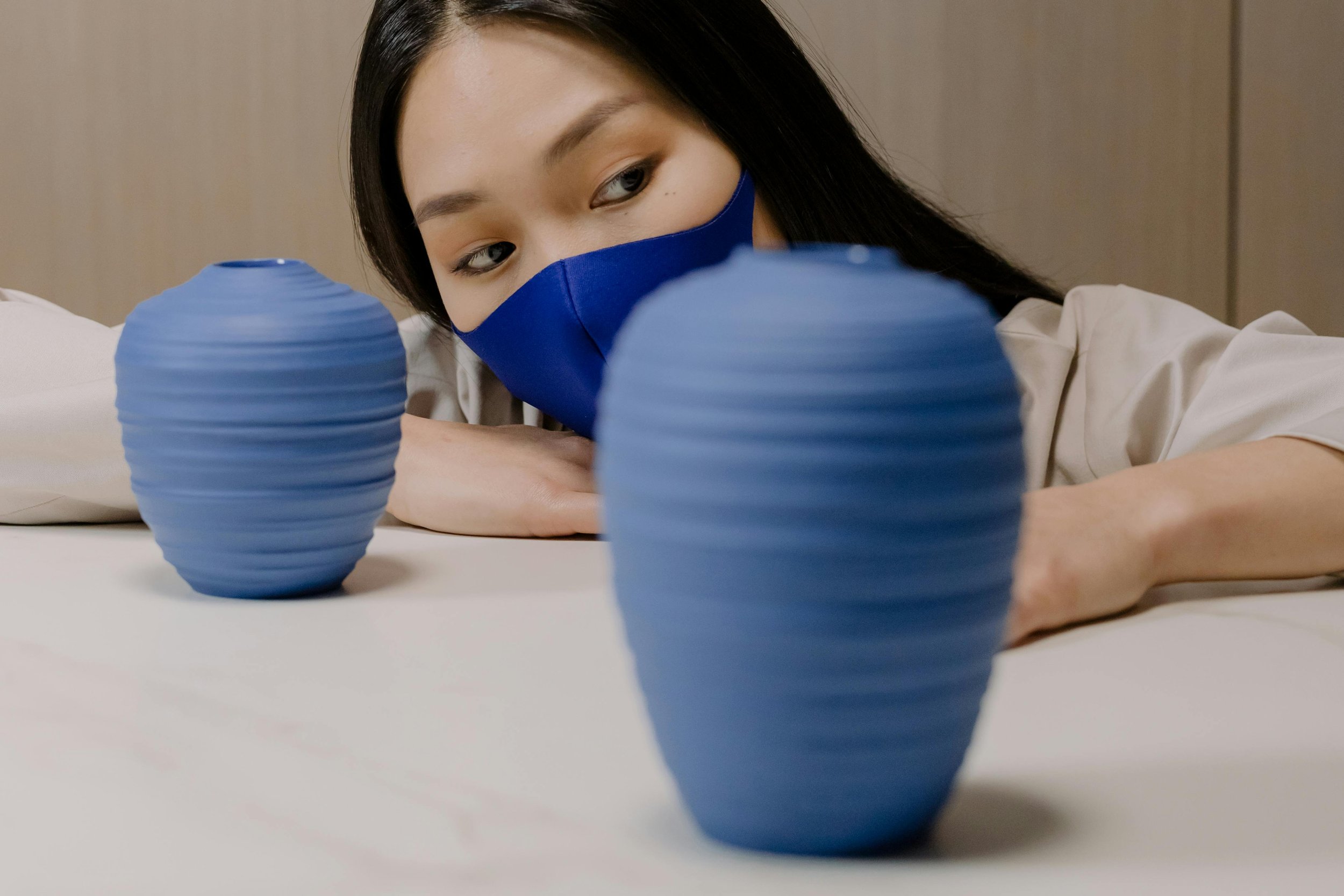What is Letybo?
2022 seems to be the year of new botulinum toxin innovations! You might have been hearing some buzz in the UK about a new toxin approved for the market, Letybo (also known as Letibotulinumtoxin A), from Croma-Pharma.
So let’s get to know this new product!
This is one of a host of new toxins. We have covered Alluzience and Daxxify - two new toxins whose USP is that they are reported to last approximately six months in duration, rather than the average three of other products. We have also covered Nuceiva, a toxin or “Newtox” made of a similar molecule to Botox itself. Refer to our Basics of Botox article to get the full summary.
So what should you know about Letybo?
Letybo [letibotulinumtoxinA] is a brand new (in the EU and UK at least) botulinum toxin type A being launched by Croma-Pharma in 2022. Croma-Pharma announced in Jan of this year that the decentralized procedure for its botulinum toxin to gain market authorization in Europe has been accomplished.
LetibotulinumtoxinA has been used in Asia where it has been market leader for years. It was developed by Hugel in South Korea in the form Botulax. It is also marketed under the names Regenox, Zentox, Reage, Magnion, Hugel Toxin, Juvenlife, Botulim, and Botoshot.
(Please note Botulax is not licensed in the UK (or FDA-approved yet) - if it is being used on you in this country it is either an illegal or fake product!)
What is the research behind it?
For the current launch by Croma-Pharma, researchers conducted three randomized, placebo-controlled phase III trials that enrolled a total of >1000 subjects in Europe and the US.
In each study, letibotulinumtoxinA was superior to a placebo in reducing glabellar (frown) line severity at week 4. It was also shown to be non-inferior to the leading competitor, Botox. It was deemed effective and safe.
What makes it different?
However, some of the research around leibotulinumotxinA as Botulax has shown some potential disadvantages. Merz Pharmaceuticals found that it contained greater amounts on inactive toxin when compared to Bocouture/Xeomin, potentially reducing clinical efficacy. There would also be an increased risk of inducing a immune reaction and causing patients to become non-responders. This would need to be explored further.
Below find a quick summary set of slides we created to cover the basics!
References
Frevert J, Ahn KY, Park MY, Sunga O. Comparison of botulinum neurotoxin type A formulations in Asia. Clin Cosmet Investig Dermatol. 2018 Jul 5;11:327-331. doi: 10.2147/CCID.S160723. PMID: 30013379; PMCID: PMC6039073.
Mueller DS, Prinz V, Adelglass J, Cox SE, Gold MH, Kaufman-Janette J, Nestor MS, Taylor S, Frank K. Efficacy and Safety of Letibotulinumtoxin A in the Treatment of Glabellar Lines: A Randomized, Double-Blind, Multicenter, Placebo-Controlled Phase 3 Study. Aesthet Surg J. 2022 May 18;42(6):677-688. doi: 10.1093/asj/sjac019. PMID: 35092418.








Galderma has unveiled Relfydess™ (RelabotulinumtoxinA), the world’s first ready-to-use liquid neuromodulator developed with proprietary PEARL™ Technology. This groundbreaking product has recently received approval for use in Europe. So what is it, and what sets it apart from the other toxins?.